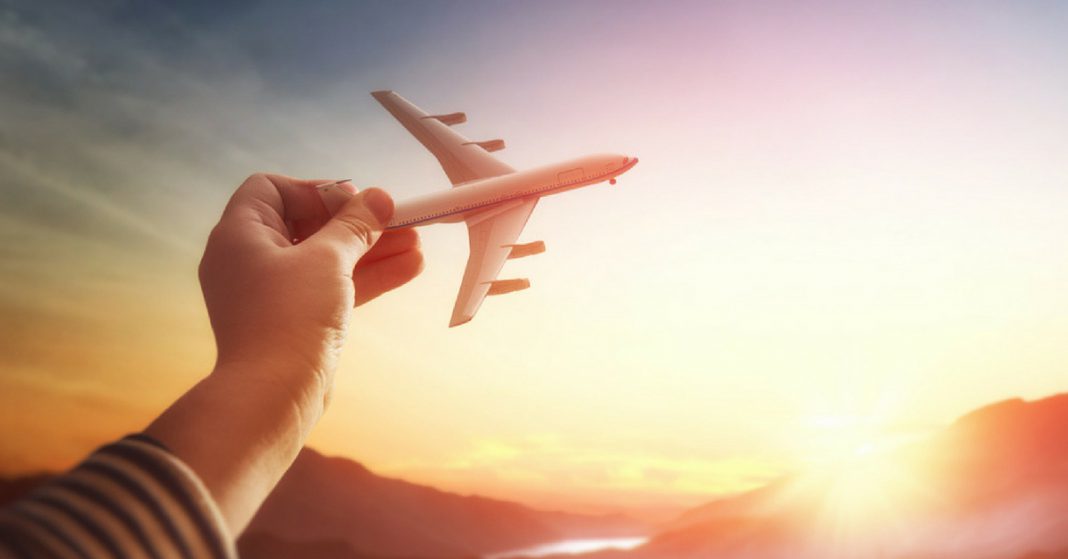The IATA Digital, Data and Retailing Symposium that concluded in Madrid last week saw aviation leaders discuss digitalization, airport infrastructure, sustainability among other relevant topics.
In a panel discussion with airline leaders, that included IATA director general Willie Walsh, Lufthansa Group chief commercial officer for passenger airlines, Harry Hohmeister, and Iberia chairman and CEO Javier Sánchez-Prieto, misunderstandings about NDC were addressed and how benefits primarily around costs or customer, needed to be addressed better, said a report on Phocuswire.
“My personal view is that 80 per cent of the conversation has been around cost. And the debate is not cost, the debate is about the customer,” said Sánchez-Prieto.
“That’s why some airlines are slow to adopt it, because they don’t see the immediate cost benefit and revenue benefit. And understanding more about the customer, they see it as nice to have but ‘I need something right away,’” Walsh says.
“I think it may well have been communicated to the industry as a cost initiative, so I don’t think it was properly understood. But once you adopt it and adapt the opportunities it gives you, it is fantastic,” he added.
But Hohmeister says Lufthansa Group – an early NDC adopter – has seen that customer and cost benefits go hand-in-hand.
“It has a cost effect because there is a direct link to the customer. You have more of this marketing aspect in that you design your product in the way a customer wants it, which is also a customer-binding effect. And with this, the intermediates have a problem to get in between,” he says.
“If you just have a standard, everyone gets in between and is just selling the standard. This what we are doing here, only we can do. And therefore you have a direct customer link.”
As travel volumes pick up, panelists agree efforts need to continue to transform the air travel experience from manual processes to digital ones. Sánchez-Prieto says during the pandemic Iberia has seen customers much more willing to use digital solutions due to a desire to minimize face-to-face interactions, and he expects that to continue.
“I think it’s obvious to all of us that the digitalization of the customer journey will be much higher than before. And out of this crisis I think that’s a good outcome,” he says.
Products such as IATA’s Travel Pass are part of the solution, but Hohmeister says what is not being addressed is the question of how airports – in a global, standardized way – need to change to accommodate a digital passenger experience.
“We need at the airport different infrastructure design. Why do I have to show my passport, my boarding pass, Vaccine certificate and so on – it has to do with the design of the airports,” he says.
“I think we have to think holistically. I think it’s really one of the main tasks IATA will have in the future – to have standardization around that, which means standardization around airport infrastructure.”
Regarding sustainability, Walsh says IATA is looking at developing a tool to enable people to calculate the CO2 of an individual flight.
“We need to provide customers with more information. There are many websites out there that will tell you what the CO2 of a particular flight is – they are all wrong. I can say that with confidence,” he says.
“We have to be more accurate because we risk undermining confidence in the system.”
In early October at IATA’s annual general meeting, members approved a solution for the global air transport industry to achieve net-zero carbon emissions by 2020. Walsh says the estimated gross cost to achieve that is about $2 trillion.
As decisions are made on how to achieve sustainability goals, Hohmeister says it is critical for the airline industry to be very thoughtful about which solutions it adopts.
“It is one of the few industries producing everywhere globally. It’s one of the few industries which has interlinkages between different companies who are even competitors, so this also has to be sorted through. And therefore a quick shot might be the wrong thing.”


